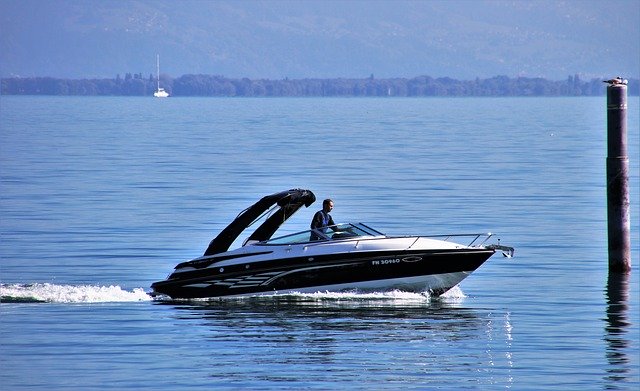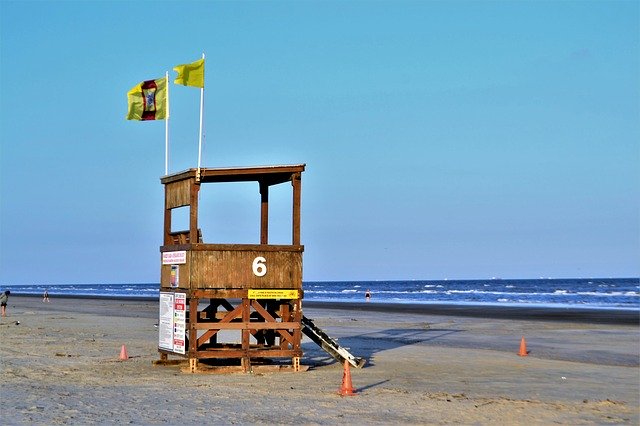I think we are all somewhat less unaware of the dangers that open water swimming encloses, and maybe some of us are feeling panicky about the whole thing.
There are many ways to make the experience much safer for everyone involved:
Practice
Practice in a pool when you are beginning. It’s safer to swim and strengthen your skill in a relatively calm setting where it is easier to practice sighting and bilateral breathing.

Make a Plan
Figure out where you are planning to go on your swim. Make a schedule and even a map if necessary. Just have a solid answer about where you’re going to swim and for how long are you going to swimming. Check the water conditions and shoreline settings
Make a Plan B
Before you jump into the water, figure how to get out if the water conditions deteriorate or your stamina falls short. Always expect the unexpected. Call a friend to accompany you through your route if you can. There is little that you can do to find help if something happens while you’re alone, but someone else could find it for you. Overall, stay as close to the shore as you can. This is the place where you’ll have more options for calling for aid or getting out of trouble by yourself if needed, particularly if the shore is a safe place for exiting the water.
Don’t Go Alone
Never, ever, ever swim in open water alone, bring someone with you and preferably make that person sail close by in a kayak or a powerboat. In the most impractical of the cases, have that person only walk along the shoreline where you’re swimming. If needed, they can go call for help if something happens.

Water Temperature
Most bodies of water are not very warm. When you hear that water is at 70 oF (21 ºC), it doesn’t sound very cold, but it is. You’ll be at risk for suffering from hypothermia, so research the symptoms.
Get to Know the Currents
There’s something called rip current, which a channel of water flowing away from the shore and can drag you away. If you’re caught in one, the only thing you can do is swim parallel with the shore.
It’s no secret one of the hazards of open water swimming is current, which varies in strength and speed, so you’ll need to do some asking and research to find out about the local water conditions. As a side note, remember the latter can change hourly, so be very careful and check the weather forecast for the winds and other factors that could affect the flow.
Sea Creatures
We have talked about how marine creatures are a sign of healthy water, but some of these don’t like to be disrupted, and you should know if the ones you could (or could not) encounter during your route are okay with you invading their environment. Find out if the bay is home to sharks, jellyfish, or nettles.

Unlike what you may think, sharks don’t want to eat humans. Your chances of being killed by a shark are very, very little. There are more than 350 types of shark, and less than 10 have been recorded in human attacks. Even in shark attacks, they are most likely to be either provoked or a case of mistaken identity with the shark catching an unintentional pray.
And not only look out for big animals, but bacteria can also reach an unhealthy, unacceptable level for you to swim in those waters. The excess of stormwater could make these levels raise after a rainstorm.
Better make a plan for what to do if you come across any of the local wildlife.
Take it Easy
Even if you are feeling fearless, take it easy on your first swim. Acquire skill with some easy swims so that when you meet with your first open-water challenge, the risks aren’t life-threatening. If you are feeling uneasy or afraid on the other hand, make an effort to find a place with calm water where you can swim parallel to the coastline.
Let the Lifeguards Know You Will Be Swimming
At some open water swimming areas, resident authorities have lifeguards on duty. Let the lifeguards know about your swimming plans. Not only are they your most reliable resource for being able to come to your rescue if you get trapped in a current, but you’ll also guarantee that they won’t come to “rescue” you when they see you swimming someplace they wouldn’t expect a common swimmer to be. The extra of checking in with the lifeguards is that they will have up-to-date info on weather and tides.
